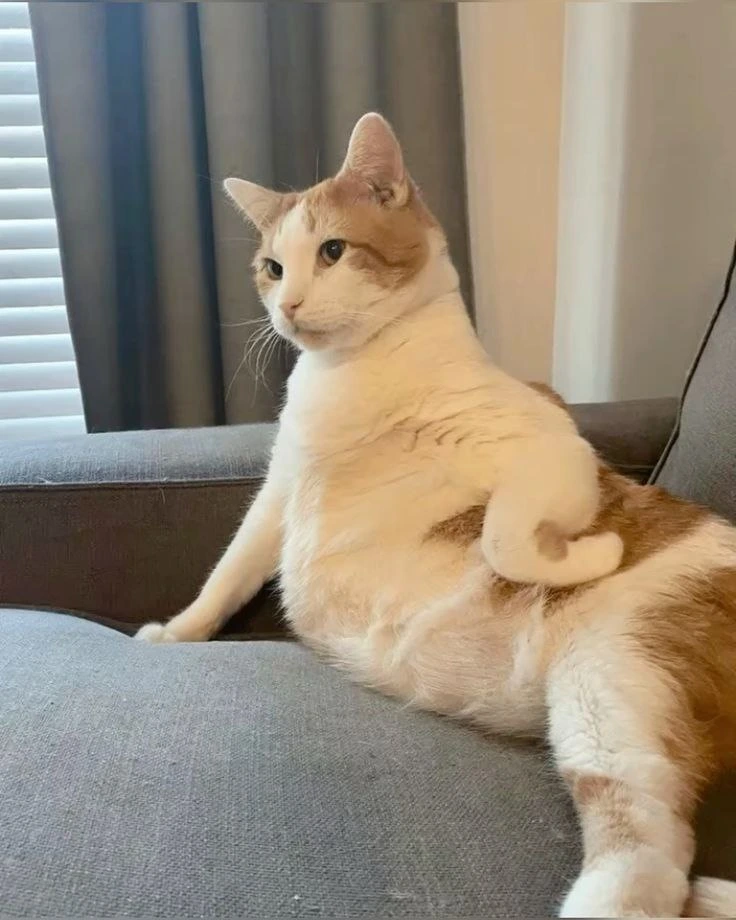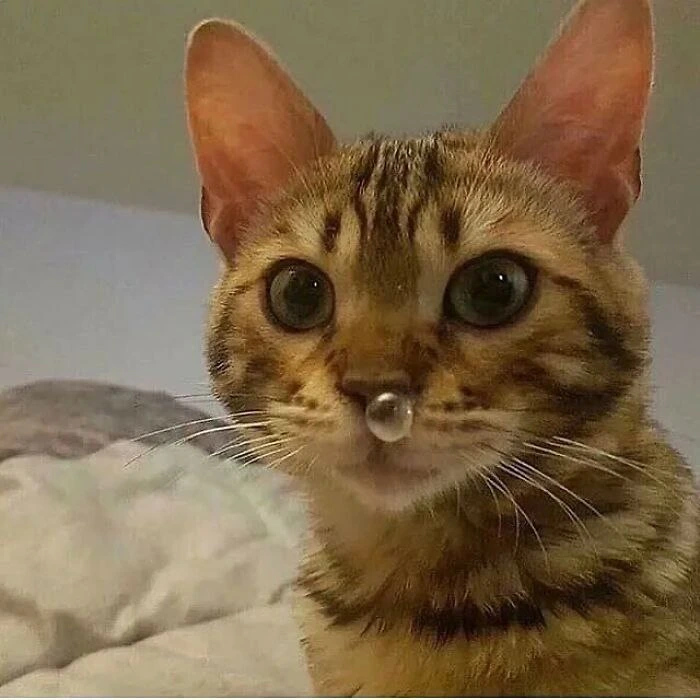Ever watched your cat suddenly bolt across the room like a furry rocket? Or wondered why they lovingly present you with a half-dead mouse? Cats are amazing, but their actions can sometimes seem totally bonkers! Understanding these Behavior Fun Cats moments isn’t just fun – it’s the secret key to unlocking a happier, deeper bond with your mysterious feline friend. Let’s decode their adorable weirdness together!
Why Decode Your Cat’s Playful Side Matters
Cats aren’t tiny humans in fur coats! Their playful antics are deeply rooted in instincts from their wild past – hunting, exploring, and staying safe. When we understand the why behind the zoomies or the chirps, we stop feeling confused or frustrated. Instead, we can:
- Play better: Match their natural urges for a happier cat.
- Prevent problems: Redirect unwanted energy before it becomes scratching or biting.
- Deepen your bond: Speak their language and show you “get” them.
- Spot true issues: Tell the difference between normal play and potential stress or illness.
Ready to become a cat behavior detective? Let’s dive into 10 common Behavior Fun Cats quirks!

10 Playful Cat Quirks & Why They Happen
- The Midnight Zoomies: That sudden burst of energy? It’s pent-up hunting drive! Cats are naturally crepuscular (most active at dawn/dusk). Play intensely before bedtime to help them burn it off.
- Elevator Butt: When you scratch the base of their tail and their rear shoots up? It triggers a reflex from kittenhood (mom licked there to help them go potty) and feels really good!
- Chirping at Birds: That “ekekek” sound at the window? It’s intense hunting excitement and frustration mixed! They’re practicing the “kill bite” motion.
- Kneading (Making Biscuits): Pushing paws in and out? This comforting habit comes from kittenhood, stimulating milk flow while nursing. It means they feel safe and content with you.
- The Slow Blink: When your cat looks at you and slowly closes their eyes? This is a huge compliment! It’s a “cat kiss,” showing they trust you completely. Blink slowly back!
- Bunting (Head-Butting): Rubbing their head or cheeks on you? They’re marking you with their scent (from special glands) saying, “You are MINE!” It’s pure love and ownership.
- Bringing You “Gifts”: That dead mouse or toy at your feet? It’s not gross to them – it’s sharing their “hunt” success or trying to teach you how to hunt. Praise them gently (even if you secretly bin it later!).
- Crazy for Boxes: Why the love affair with cardboard? Boxes feel safe and secure (great for ambush predators!), reduce stress, and are fun to explore and scratch.
- Sideways Hopping (Crab Walk): Puffed tail, arched back, hopping sideways? This playful move makes them look bigger to “scare off” imaginary foes (or toys!) and signals playful mock-fighting.
- Staring into Space: Seeing ghosts? Probably not! Cats have incredible hearing and sight. They might be tracking a tiny bug, a dust mote, or a sound far too faint for you to hear.
How to Respond & Play Along
- Engage Their Hunter: Use wand toys to mimic prey (dart, hide, let them “catch”). Aim for 10-15 minutes, 2-3 times a day.
- Respect the Blink: Slow blink back often to build trust.
- Provide Safe Outlets: Give scratching posts, puzzle feeders, climbing towers, and yes, plenty of boxes!
- Redirect, Don’t Punish: If play gets too rough (biting/scratching), calmly say “Ouch!” and stop play immediately. Offer a toy instead.
- Observe & Learn: Watch when and why your cat does these things. What triggers their zoomies? What makes them purr and knead?
Helpful Tools for Fun Cat Behavior
- Interactive Toys: Wand toys (Da Bird!), laser pointers (always end with a physical toy!), puzzle feeders.
- Scratching Surfaces: Sturdy posts, cardboard scratchers, sisal mats – placed where they naturally scratch.
- Cozy Hideaways: Cardboard boxes, cat tunnels, covered beds.
- Vertical Space: Cat trees, shelves, window perches.
Common Mistakes to Avoid
- Punishing Natural Behaviors: Don’t yell or hit for zoomies, scratching, or “gifts.” Redirect instead.
- Ignoring Play Needs: Bored cats become destructive or stressed cats. Play is essential!
- Forcing Interaction: Let your cat come to you. Respect their “no” signals (flattened ears, twitching tail, walking away).
- Using Hands as Toys: This teaches kittens it’s okay to bite/scratch skin. Always use a toy.
Variations by Age & Breed

- Kittens: Zoomies galore! Need LOTS of short, frequent play sessions. Everything is a toy!
- Seniors: Play gentler and shorter. More focused on cozy spots and gentle petting. Watch for changes that might signal pain.
- High-Energy Breeds (Bengals, Siamese): Need intense, challenging play and puzzle toys.
- Mellow Breeds (Persians, Ragdolls): Often enjoy gentler play and lots of lap time.
Unlock the Purr-sonality!
Understanding your cat’s Behavior Fun Cats moments transforms confusion into connection. Those quirky zoomies, chirps, and head-butts are love letters in feline language. By playing their way and respecting their instincts, you build unshakeable trust and a truly joyful friendship. So next time your cat does something wonderfully weird, smile – you speak cat!
FAQs: Your Cat Quirk Questions Answered!
- Q: Are the midnight zoomies bad?
A: Usually normal! Ensure they get enough play before bedtime. If it’s constant or seems distressed, check with a vet. - Q: Why does my cat bite me when I pet them? (Petting Aggression)
A: They might be overstimulated! Watch for tail twitches or skin ripples. Keep petting sessions short and stop before they get annoyed. - Q: Is chirping at birds harmful?
A: No, it’s natural excitement. Ensure windows are secure so they can’t fall or escape. - Q: Should I be worried if my cat stares at the wall?
A: Usually, they see/hear something tiny. If it’s constant, obsessive, or paired with other changes, consult your vet to rule out health issues. - Q: Is kneading a sign my cat was weaned too early?
A: Not necessarily! Many happily weaned adult cats knead when feeling supremely content and safe. It’s a comfort behavior.
